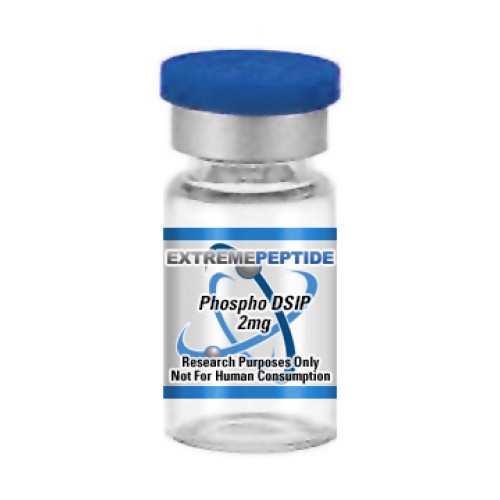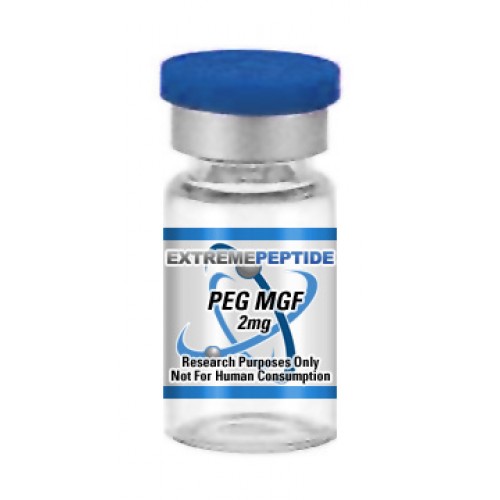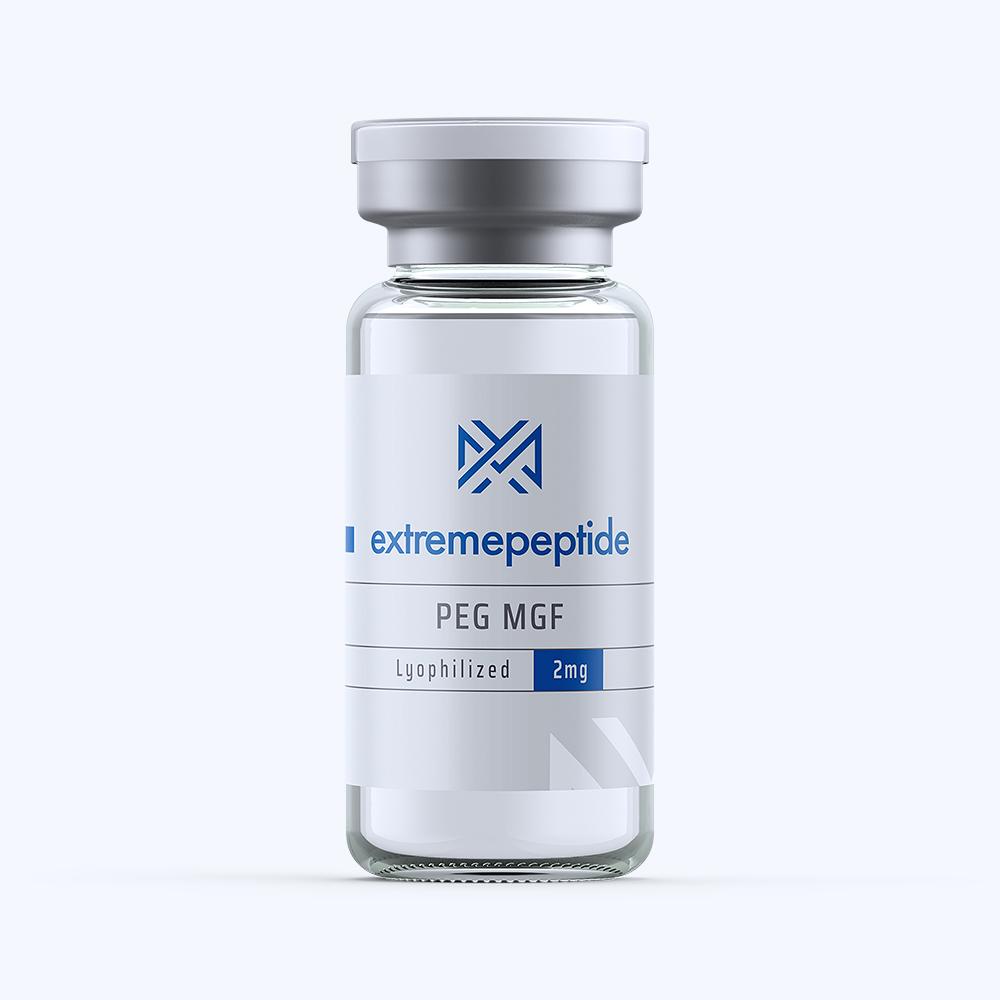Download or view the PDF version of this article by clicking here
Click here to view our entire peptide selection
Phospho DSIP and Depression
It has also been theorized via scientific study based on animal test subjects that Phospho DSIP could play a vital role in stemming the tide of various behaviors associated with depression. Specifically, studies that have been built around this particular metric has honed in on the peptide’s hypothetical ties to major depressive disorder. Also known as clinical depression or major depression, this condition is a mental disorder that is marked by a persistent and pervasive low mood accompanied by low self-esteem and a loss of interest or pleasure normally derived from enjoyable activities. The reason for this particular theory stems from several studies that determined the levels of the peptide in the plasma and cerebrospinal fluid are wildly different from the norm in cases where the condition is theorized to be present.
Phospho DSIP and Epliepsy
Some scientific study that has been based on animal test subjects has been theoretically able to link the presence of Phospho DSIP to the condition of epilepsy; a group of long-term neurological disorders that is characterized by episodes of epileptic seizures. The hypothesis is derived from a scientific study that was conducted on lab rats that were injected with metaphit, a research chemical that can induce seizures in laboratory rodents. The results of the studies indicated that the presence of the peptide acted as an anticonvulsant with the affected rats, as it decreased the incidences and the duration of epileptic fits by a significant amount. The results of this particular test led to the notion that the presence of the peptide could act as a potential treatment for epilepsy.
Phospho DSIP and Sleep
There have also been some scientific studies that have been based on animal test subjects that suggest the peptide has been shown to help aid in the treatment of a host of sleep-related ailments. The chief sleep disorder that the research has focused on in relation to the peptide is narcolepsy; a neurological disorder that inhibits the brain’s ability to regulate sleep-wake cycles on a normal basis. These particular studies have indicated that the presence of the peptide has allowed the brain to regulate disturbed sleeping patterns on a significantly more efficient basis.
Other Forms of Phospho DSIP-Based Study
There have been several other theoretical benefits that scientific study based on animal test subjects has been able to link to the presence of Phospho DSIP. Some of these theoretical benefits are based on various reactions that an animal test subject’s body may have toward outside stimuli.
For example, some studies have been created in order to determine whether or not the peptide can conceivably be used as an anesthetic. One of the reasons behind this particular theory comes from the determination that the peptide has possible effects on sleep. Another one of the reasons is that the peptide is considered to have antinnociceptive properties, meaning that it can prevent the encoding and processing of harmful stimuli in the nervous system from occurring. This analgesic effect has led to the notion that the peptide could possibly aid in the creation of a more effective anesthesia.
It has also been theorized that Phospho DSIP can potentially aid in the treatment of opiate and alcohol dependence. The impetus behind this theory is due to the notion that the peptide can act antagonistically on opiate receptors. Because of this relationship, it is theorized that the peptide could block the types of addictive behaviors that tend to develop in the dependence to opiates and alcohol.
What’s more, it should be noted that there have been not significant side effects that have been associated with the presence of the peptide.
Set Aside for Scientific Research
It should be emphasized that despite the extensive amount of research and study that has been conducted in order to pinpoint the functionality and mechanics of Phospho DSIP, it is only intended for the sole use of scientific study at this time. All of the research and findings that have been determined and discussed are completely built around the scientific study on animal test subjects. Because of this, any findings or observations that can be tied to Phospho DSIP’s overall functionality, mechanics, or theoretical benefits should exclusively be contained to a laboratory, a medical research facility, or another strictly controlled environment in this vein.
Click here to read Phospho DSIP – Part 1


